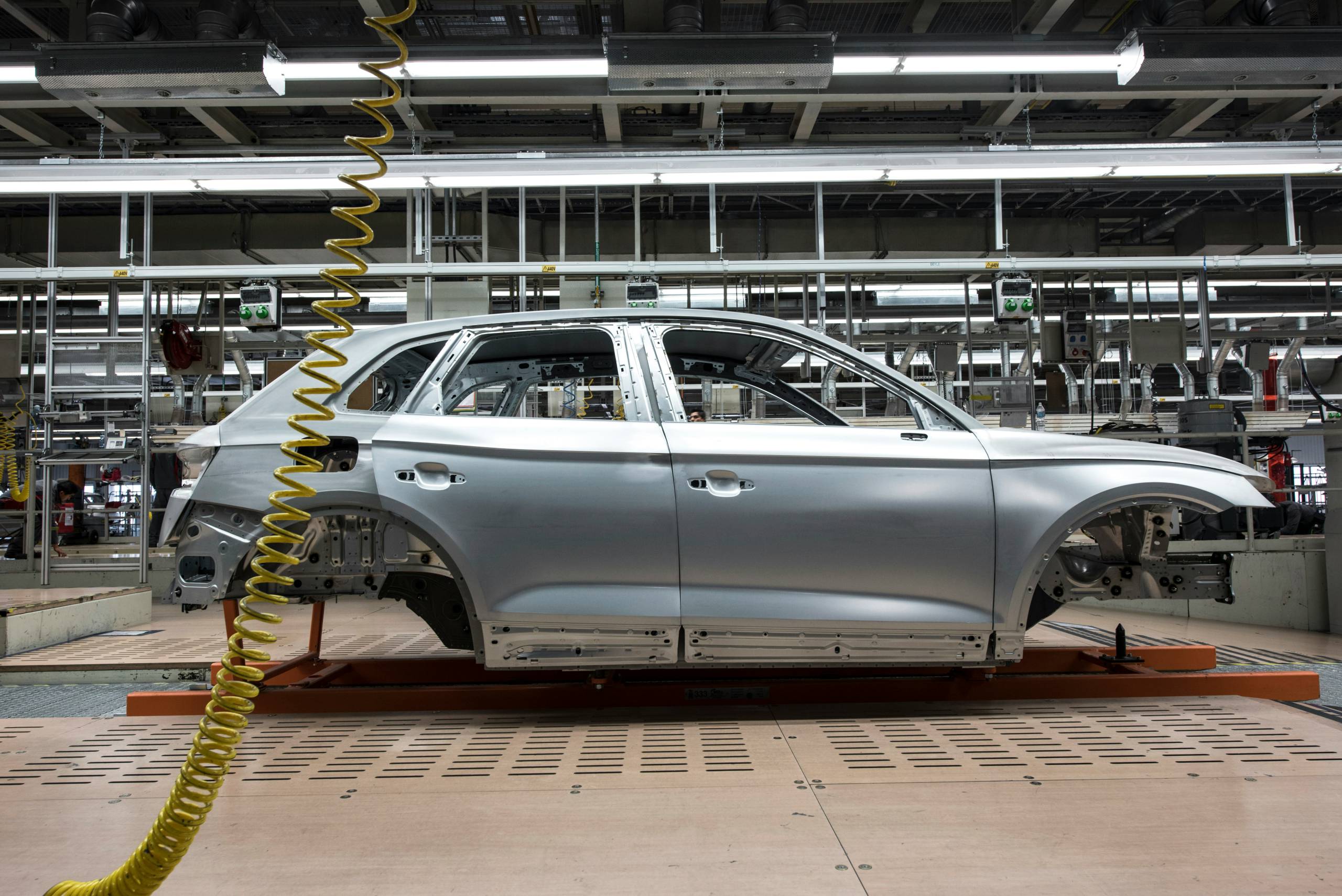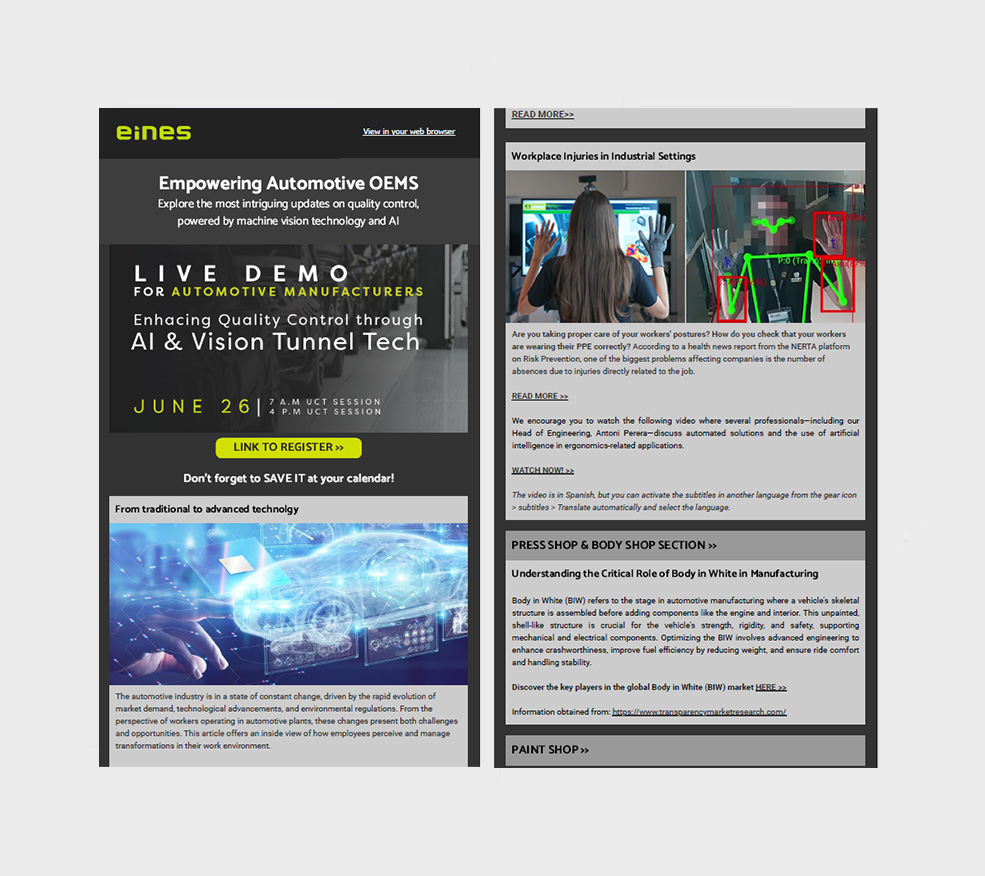As we have discussed in numerous blogs and as a summary: It is well known that unexpected interruptions in production plants within the automotive industry can cause million-dollar losses and damage the brand’s reputation. Quality deviations can result in defective vehicles that do not meet safety or customer satisfaction standards. This is why today we are here to talk about an interesting topic that not only addresses quality issues in automotive—our specialty—but also provides information on how to even prevent them. Our goal is to maintain a high level of quality at every stage of the process.
So, let’s start from the beginning.
What is Predictive Maintenance?
Predictive maintenance is an advanced strategy based on real-time data analysis to identify potential failures before they occur. By using IoT (Internet of Things) sensors, machine learning algorithms, and predictive analytics models, automotive plants can anticipate when and where problems are likely to arise in their equipment. This allows them to take proactive measures to avoid costly breakdowns and ensure that production lines continue to operate without interruptions.
What is the Impact of Predictive Maintenance on Productivity?
Predictive maintenance enables plants to anticipate failures in critical components. This way, technicians can schedule corrective interventions at strategic times. Thanks to this planning, it can minimize the impact on production and ensure that equipment always operates under optimal conditions, which also aligns with preventive maintenance.
Quality control is another essential aspect that is directly influenced by this strategy. In automotive plants, where components are manufactured with high precision, any slight misalignment in the equipment can affect the quality of the final product. Therefore, it is important to have quality controls that leave no room for subjectivity and that can be automated. This will also allow you to generate reports and conclusions to more precisely adjust all processes. For predictive maintenance and quality control, information is power.
Synergy Between Predictive Maintenance, Preventive Maintenance, and Quality Control
The key to understanding the synergy between predictive and preventive maintenance and quality control is realizing that the reliability of machines is directly linked to the quality of the products they manufacture. Any deviation in the condition of a machine, whether it’s a press, a robot, or a painting line, has the potential to generate defects in the final product. To avoid this, we must first identify those defects! How can we do this? With preventive maintenance as well. When these strategies are integrated with quality systems that generate automated reports about defects and trends, productivity improves. Ensuring that quality standards are maintained, preventing defects and costly failures.
By implementing an approach based on preventive maintenance, predictive maintenance, and quality controls, automotive plants can not only ensure operational continuity but also maintain strict quality control at every stage of the process. This translates into a reduction in defective products, lower reprocessing costs, and vehicles that meet safety standards and customer satisfaction.
Maximizing Productivity and Quality with Predictive Maintenance
Therefore, we can only say that is a competitive sector. Where the margins for error are minimal and the combination of predictive maintenance and quality control is a winning strategy. The future of the automotive industry lies in the integration of advanced technologies like predictive maintenance. Enabling plants to stay one step ahead in both efficiency and quality.
At Eines Vision Systems, we have specialized technologies for quality control that help improve performance and automation in automotive plants.







